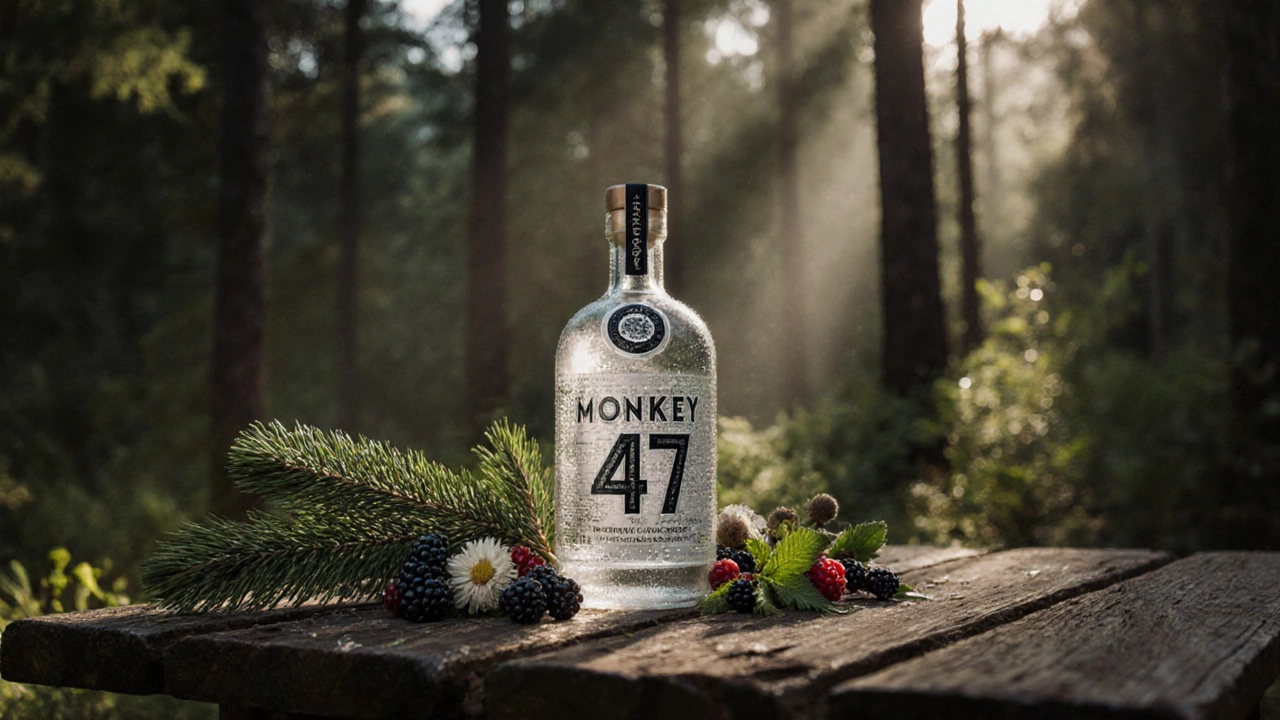
Monkey 47 Gin Experience Calculator
Discover Your Perfect Gin Match
Monkey 47 is more than just a gin—it's a forest experience. Find out if this complex German spirit matches your drinking preferences.
How do you typically enjoy gin?
What's your preferred price range for premium gin?
How interested are you in botanical complexity?
Monkey 47 isn’t just another gin on the shelf. It’s a bottle that makes people pause, stare, and ask: Is this worth $80? If you’ve ever wondered whether Monkey 47 deserves its reputation as a top shelf gin, the answer isn’t simple. It’s not about prestige alone-it’s about what’s inside the bottle, how it behaves, and who it’s really for.
What Makes Monkey 47 Different?
Monkey 47 comes from the Black Forest in Germany, not London or Edinburgh. It was created in 2010 by Alexander Stein, a brandy maker who dug up old gin recipes from local archives. He didn’t want to copy the classics. He wanted to build something new-something rooted in the forest itself.
The name says it all: 47 botanicals. 47% ABV. That’s not marketing fluff. Each ingredient is real. Juniper is there, but barely the star. Instead, you get spruce tips, blackberry leaves, elderflower, coriander, and even lingonberries-all hand-picked from the region. No two batches are exactly alike, but the core recipe stays locked in since day one.
It’s distilled in small copper pots. The botanicals soak for 47 days before distillation. That’s not a gimmick-it’s a slow, careful process that pulls out subtle oils and aromas you won’t find in mass-produced gins. The result? A liquid with texture. Swirl it in a glass and you’ll see thick, slow legs. That’s the alcohol content and the natural oils working together.
Is It Really Top Shelf?
Top shelf isn’t just a price tag. It’s about craftsmanship, uniqueness, and how it holds up under scrutiny. By those standards, Monkey 47 passes.
Professional reviewers consistently rate it above 90/100. Tastings.com gave the 2023 Distiller’s Cut edition a 96/100-among the highest scores they’ve ever given a gin. The Rum Howler Blog calls it “definitely a primary sipping spirit.” That’s not a casual compliment. It means they believe you should drink it alone, not mixed into a cocktail.
Compare it to other premium gins. Hendrick’s is $44. The Botanist is $40. Monkey 47 is $80. But Hendrick’s uses 11 botanicals. The Botanist uses 22. Monkey 47 uses 47. That’s not just more-it’s exponentially more complex. And that complexity is intentional. This isn’t a gin designed to disappear in a gin and tonic. It’s meant to be experienced.
How Do You Drink It?
This is where most people get it wrong.
If you pour Monkey 47 into a gin fizz with ginger beer, citrus, and mint, you’re wasting it. The delicate balance of flavors-floral, spicy, herbal, slightly sweet-gets drowned. It doesn’t blend. It gets buried.
The best way to drink it? Neat. Or on the rocks. Just one or two ice cubes. That’s it. Let the cold open the aromas slowly. You’ll taste the spruce first, then the blackberry, then a quiet hint of citrus. It’s not loud. It’s layered. And it changes as it warms.
Some experts say it makes a “dazzling martini.” That’s true-but only if you keep it simple. Five parts gin to one part dry vermouth. No olives. No orange twist. Just the gin and the vermouth, chilled. Anything more, and you lose the nuance.
For a gin and tonic? Use Fever Tree tonic and a single lime wedge. No mint. No cucumber. No fancy garnishes. Let the gin speak.

Who Is This Gin For?
Monkey 47 isn’t for everyone. If you grew up on Tanqueray or Bombay Sapphire, this might feel alien. It’s not piney. It’s not sharp. It’s not the gin your dad drank.
It’s for people who’ve tried a dozen gins and are looking for something deeper. For those who notice the difference between a floral note and a herbal one. For people who sit with their drink, savoring each sip instead of rushing to the next.
It’s also for collectors. The annual Distiller’s Cut editions sell out fast. Each one tweaks the botanical ratios slightly, making them tiny variations on a theme. Some drinkers collect them like wine vintages.
But if you’re buying gin to mix cocktails every night? This isn’t the bottle for your home bar. It’s too expensive. Too fragile. Too special.
The Polarizing Truth
Not everyone loves Monkey 47. In fact, nearly a quarter of reviewers say they hate it.
“Worst gin I’ve ever tasted,” one wrote. “Too expensive. Too weird.”
That’s not surprising. This gin challenges expectations. Most people expect gin to taste like juniper. Monkey 47 barely lets it show. It’s not a traditional London Dry. It’s a contemporary German expression. If you’re looking for the familiar, you’ll be disappointed.
But for those who embrace the unusual? It’s a revelation. One Reddit user called it “the best gin I’ve ever tasted.” Another said, “I can’t drink anything else after this.”
The divide isn’t about quality. It’s about taste preference. Monkey 47 doesn’t try to please everyone. It’s confident in its identity.
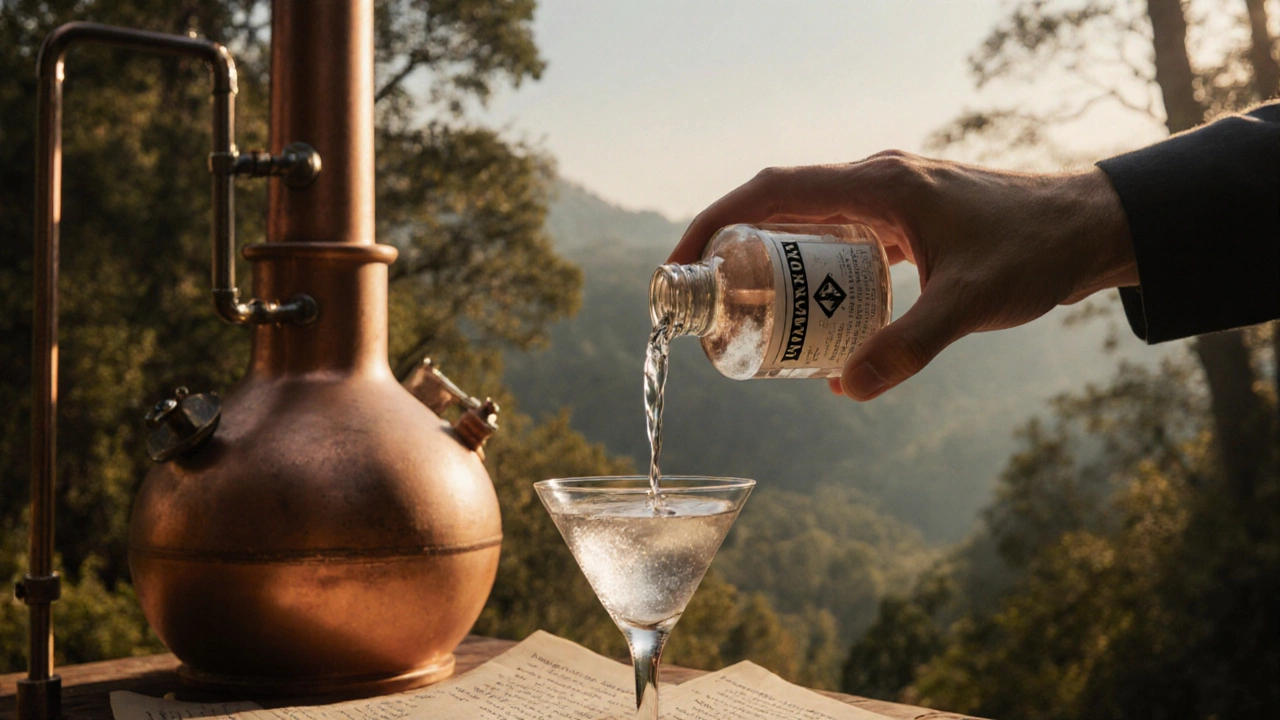
Is It Worth the Price?
At $80, you’re paying for more than alcohol. You’re paying for 47 ingredients sourced from one forest. For 47 days of maceration. For small-batch copper stills. For a story that’s rooted in history, not hype.
There are cheaper gins with similar ABV. There are gins with more juniper. But there aren’t many with this level of detail, this kind of balance, and this much character.
Think of it like a single malt Scotch or a small-production wine. You don’t drink it every day. You save it for moments when you want to slow down. When you want to taste something that took time to make.
Is it worth it? If you’ve never had a gin that made you stop and think-yes. If you’re just looking for a drink to mix with soda? No.
Final Verdict
Monkey 47 is a top shelf gin-not because it’s expensive, but because it demands to be treated like one. It’s not a mixer. It’s not a party drink. It’s a sipping spirit with the depth of a fine whiskey and the aroma of a spring forest.
It’s crafted for those who care about where things come from, how they’re made, and what they taste like when you give them space to breathe.
If you’ve never tried it, buy a bottle. But don’t rush. Don’t mix. Just pour, wait, and listen. The forest will speak.
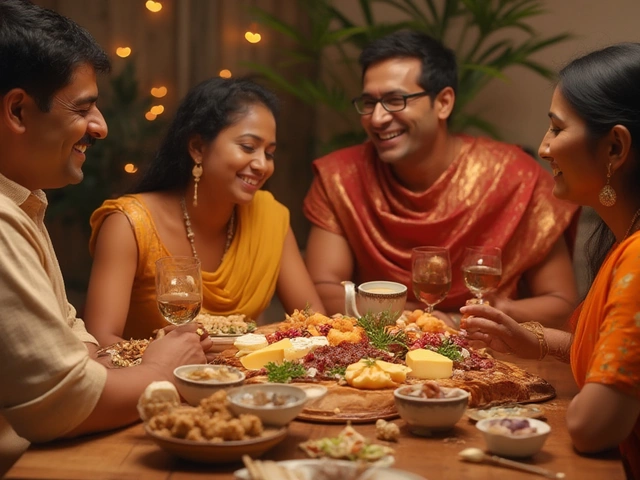


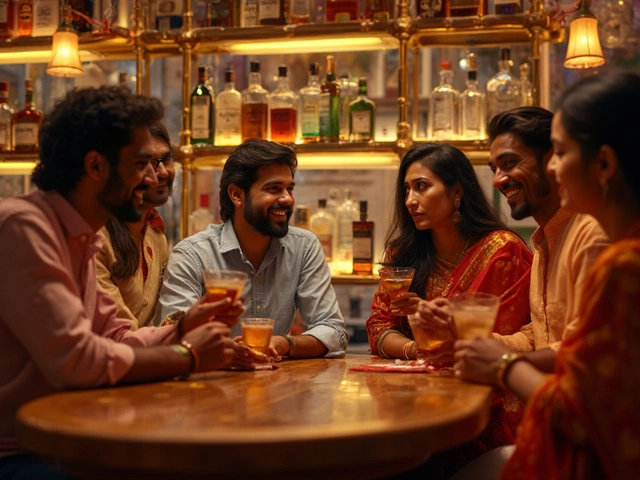
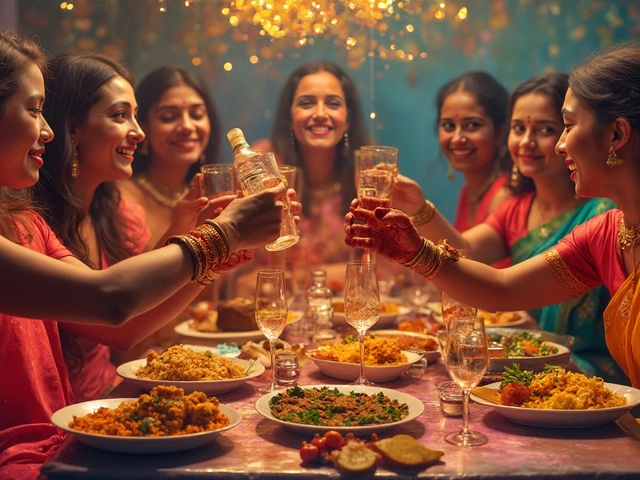
Categories